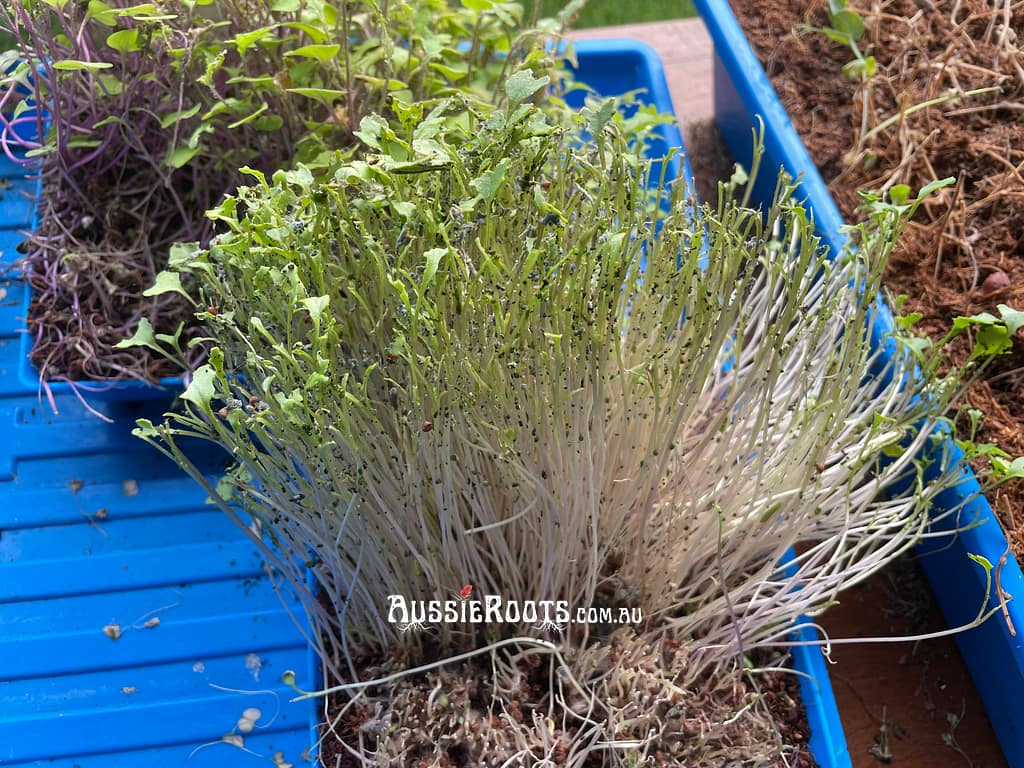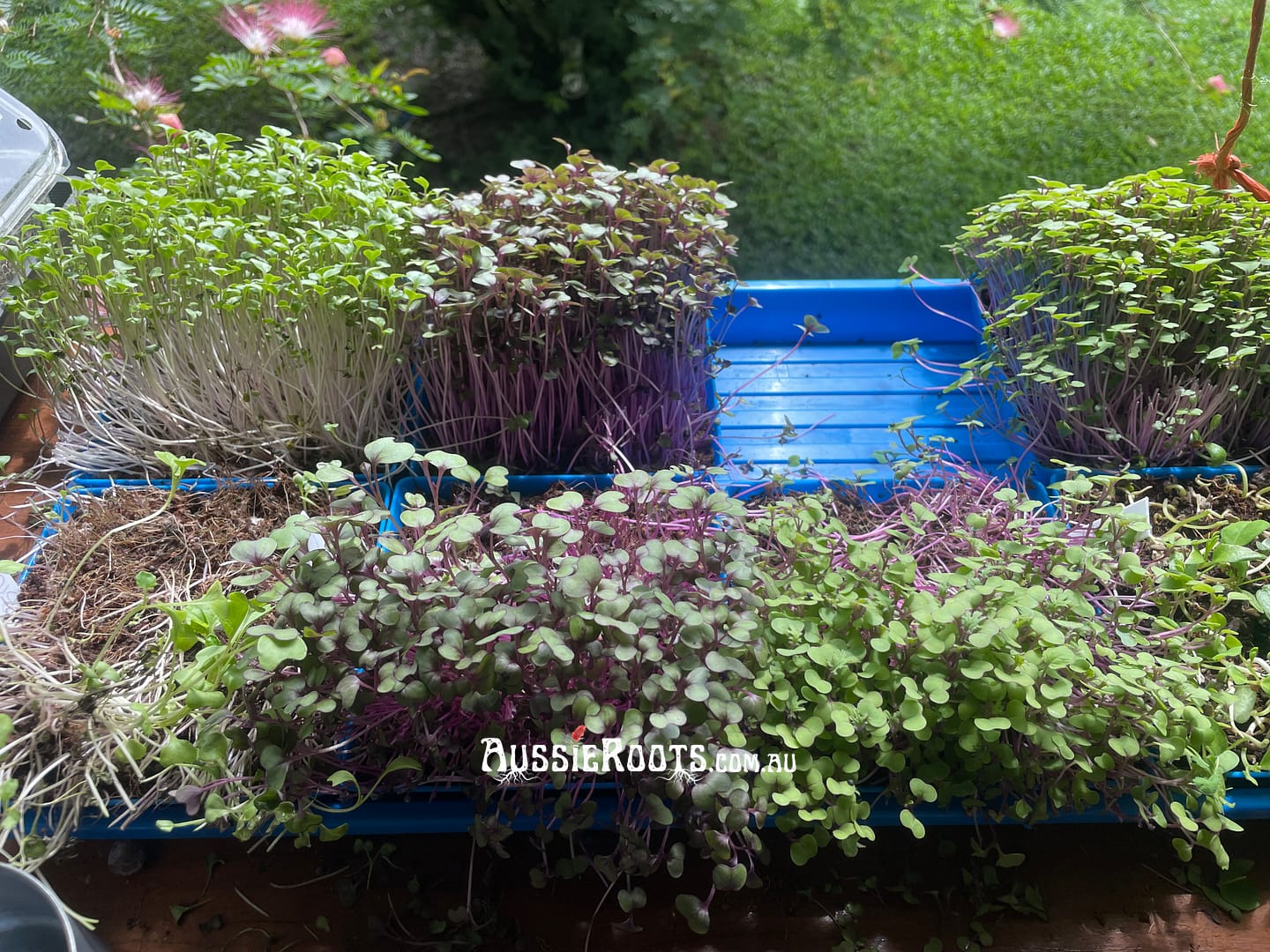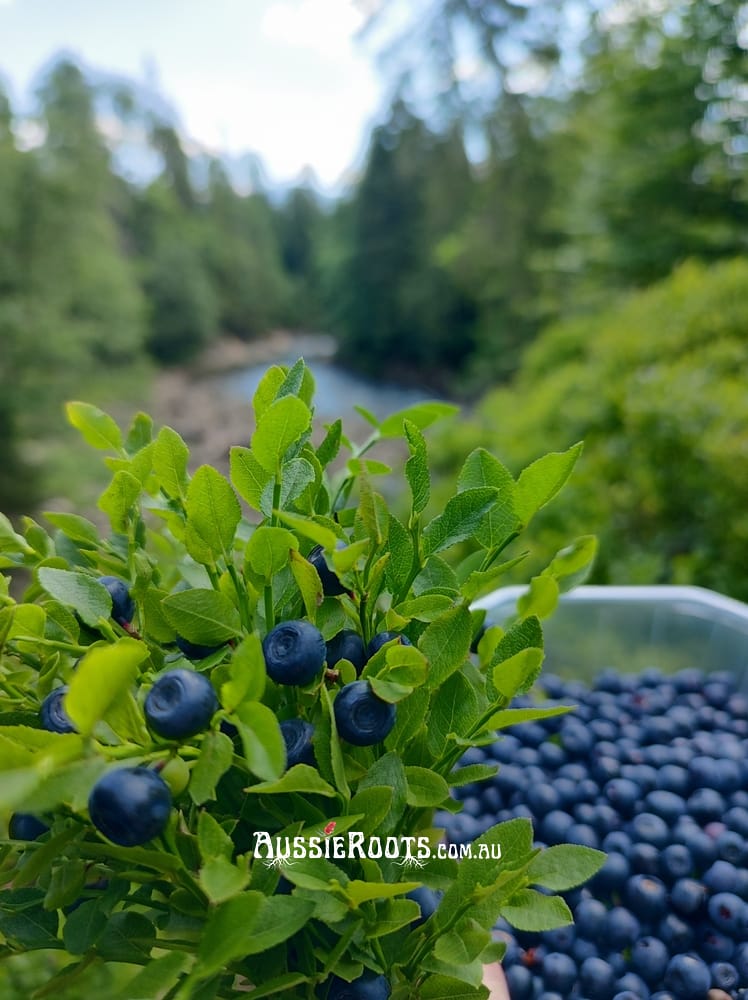Cabbage Moths On My Microgreens!
Nothing’s more disheartening than seeing your carefully nurtured microgreens devastated overnight. If you’ve noticed tiny holes in the leaves or found caterpillars munching through your plants, you’re likely dealing with cabbage moths. Check out my poor broccoli, kale, and red cabbage microgreens:



These pesky invaders can turn a thriving microgreen garden into a disaster area, but fear not! There are effective ways to protect your greens and keep your garden flourishing.
About Cabbage Moths
What Are Cabbage Moths? The cabbage moth, often mistaken for a moth, is actually the larva of the cabbage white butterfly (Pieris rapae). These larvae are notorious for their love of cruciferous vegetables, but they don’t shy away from young, tender microgreens either.
Why Microgreens? Microgreens’ tender and nutritious sprouts are an easy target for these hungry larvae, which can cause significant damage due to their concentrated numbers in small planting areas.
Prevention and Protection Strategies
Physical Barriers: The simplest and most effective way to protect your microgreens is by using floating row covers or fine insect netting. These barriers prevent the butterflies from laying eggs on your plants without the use of chemicals. This is probably what I will do. It’s the easiest, cheapest, and safest way of preventing damage.
It won’t, unfortunately, save the plants in my Airgarden, which are also under attack:

For my Airgarden, I’m looking at buying a pest net to cover the whole tower. The problem is that many plants far outgrow the tower, and I’m not sure they’ll fit inside the net! Check this out:

Companion Planting: Growing strong-scented herbs and flowers such as lavender, sage, and marigolds around your microgreens can naturally repel cabbage moths. These plants act as natural deterrents, not just adding beauty and variety but also fortifying your garden’s defenses.
Natural Predators: Encourage natural predators to visit your garden. Birds, parasitic wasps, and ladybugs love to feast on moth eggs and larvae. Creating a biodiverse environment helps keep the pest population under control.

Microgreens Resistant to Cabbage Moths
While no plant is completely pest-proof, some varieties of microgreens tend to be less attractive to cabbage moths. The reason why I love my broccoli, cabbage, and kale microgreens is that they are very mild. They are delicate yet tasty. Both my kids love these!
The challenge is finding microgreens that are not spicy, and don’t get attacked by cabbage moths. Here are some microgreens that are less susceptible to cabbage moth damage:
- Arugula: Peppery and vibrant, it’s less palatable to pests.
- Mustard Greens: Their spicy leaves are often bypassed by cabbage moths.
- Radish Greens: These have a rough texture and a peppery bite, making them less appealing to caterpillars.
- Kale: While kale is a relative of cabbage, its tougher leaves are sometimes less appealing to cabbage moth larvae. No such luck for me, but it may be different for you.
- Swiss Chard: Known for its vibrant leaves and typically less susceptible to pests.
- Beet Greens: Similar to Swiss chard, the robust nature of beet greens makes them less likely targets for cabbage moth larvae.
- Spinach: This hardy green is often overlooked by cabbage moths.
- Peas: Pea shoots, with their distinct taste and texture, are not a common target for cabbage moths and can add variety to your microgreen selection.
Some of these are definitely spicy, so if your kids love microgreens too, read up on the flavours first! Rotating your crops can also prevent pests from settling in and getting comfortable.
Pea microgreens are one of our favourite ‘little’ crops. However, on things like sandwiches, I prefer the smaller, more delicate nature of others. Look at our peas though, how beautiful!

Immediate Actions
Organic Pesticides: Organic pesticides like neem oil can be effective for severe infestations. Some other remedies you could look at are:
- Diatomaceous Earth: This is a powder made from the fossilized remains of tiny, aquatic organisms called diatoms. It works mechanically by causing tiny cuts in the bodies of insects, which dehydrates them. Sprinkle diatomaceous earth around your microgreens, ensuring that it contacts any potential pests. It’s most effective when dry, so it may need reapplication after watering or rain.
- Insecticidal Soaps: These soaps contain fatty acids that penetrate the outer layer of soft-bodied insects, causing them to dehydrate and die. They are effective against young caterpillars and work best when directly applied to the pests. Make sure to spray in the evening or early morning to avoid burning the plants under strong sunlight.
- Garlic and Chili Sprays: You can make a homemade spray by blending garlic cloves and hot chili peppers with water, then straining the mixture and spraying it directly onto the plants. The strong odors and flavors are natural repellents for many pests, including cabbage moths.
- Pyrethrin-Based Sprays: Derived from the chrysanthemum flower, pyrethrin affects the nervous system of insects on contact. While it is a potent organic option, it can be harmful to beneficial insects as well, so it should be used cautiously and only applied directly to affected areas.
- Manual Removal: Regularly check your plants. If you spot larvae, gently remove them by hand. This can control the problem without harming your plants. Check plants early in the morning or late in the evening when pests are most active. Picking off the caterpillars and eggs by hand can be surprisingly effective, especially in smaller garden setups.
Just a quick shout out to Jeremy from Natural Yield, who offered fantastic help in selecting my Bootstrap Farmer microgreens trays! It’s hard to find good help these days, and finding it in an Aussie company supplying such amazing products is awesome.
Disclosure: my trays weren’t supplied by Natural Yield or Bootstrap Farmer. I paid for them myself and my opinion is my own; it’s not influenced by anything :D.
Call to Action
Have you tried any of these methods? Do you have any tips or tricks for dealing with garden pests? Share your experiences in the comments below!












